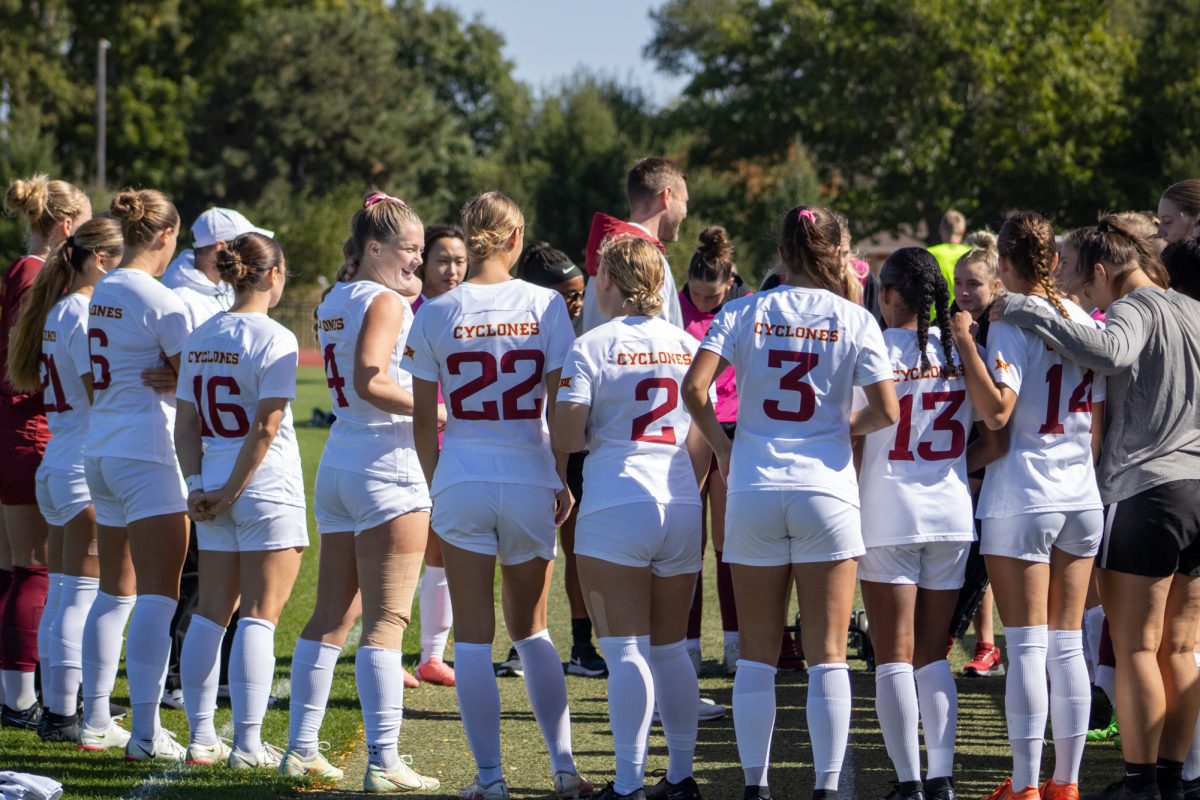Tech services ‘SNAP’ into place once again this fall
August 16, 2012
Among the various services provided by the university to help new and returning students, the SNAP Team initiative — brought on by IT Services Solution Center — is one of the most popular and crucial.
At the very beginning of the school year, SNAP (which stands for Student Network Access Project) is offered to students. With multiple kiosks and helpers located at three major residence hall sites around campus, the university’s IT student employees are hard at work making sure students’ technology is prepared for a busy school year.
As students approach one of these kiosks, such as the one at the Union Drive Community Center, trained student helpers immediately get to work on addressing whatever technological issues the students may be having. Common errors can be anything from a malfunctioning net-registration account to a lack of sufficient antivirus.
Whatever the problem, a variety of solutions are made available to the students. Factored by many variables, such as the machine in question, students are helped with their computer issues in the best way fit to their situation. Small problems, like a hidden setting that needs to be switched, can be fixed right at the kiosk. Explanations to solutions are given, and even massive problems can be determined and handled when visiting SNAP (though the student may be required to go directly to the Solution Center at 195 Durham Center for more hands-on repair).
Frank Poduska, systems analyst for IT Services, the SNAP started in 1995 when new technology had the university realizing that people needed help getting started.
“Back then, students had to go out and buy an Ethernet card,” Poduska said. “After installing it on their computer, they then had to talk with the telecommunications department about activating a jack in their room. … There were even more hurdles than those, and that’s why this initiative started.”
IT quickly got the idea of hiring students and training them to help people with their technological needs and problems. In a process to select the best people fit for the SNAP jobs, IT gets their kiosk helpers from their experienced phone support specialists that have had at least a year of IT customer support for the university. When these students are trained to help with more hands-on issues, they are then ready to help at the SNAP kiosks.
“After a year on the phone helping people, they’ve pretty much heard it all,” Poduska said. “These students are trained well and know how to handle these things.”
Even free antivirus is being offered to those without the service. By visiting the IT website, Windows users can download the free Microsoft Security Essentials program, while Mac users can get the free Sophos Anti-Virus for OS X.
Funding for SNAP is a collaboration effort between IT Services and the Computer Advisory Committee. Students aren’t charged anything for the SNAP services; funding is instead derived from a student’s attendance costs (computer fees), so taking advantage of what is offered is a wise choice for anyone with a tech problem.
During and after the move-in students are taken care of, the Solution Center’s tech help is available on campus to the entire student body. More information can be found at it.iastate.edu or by calling 515-294-4000.






